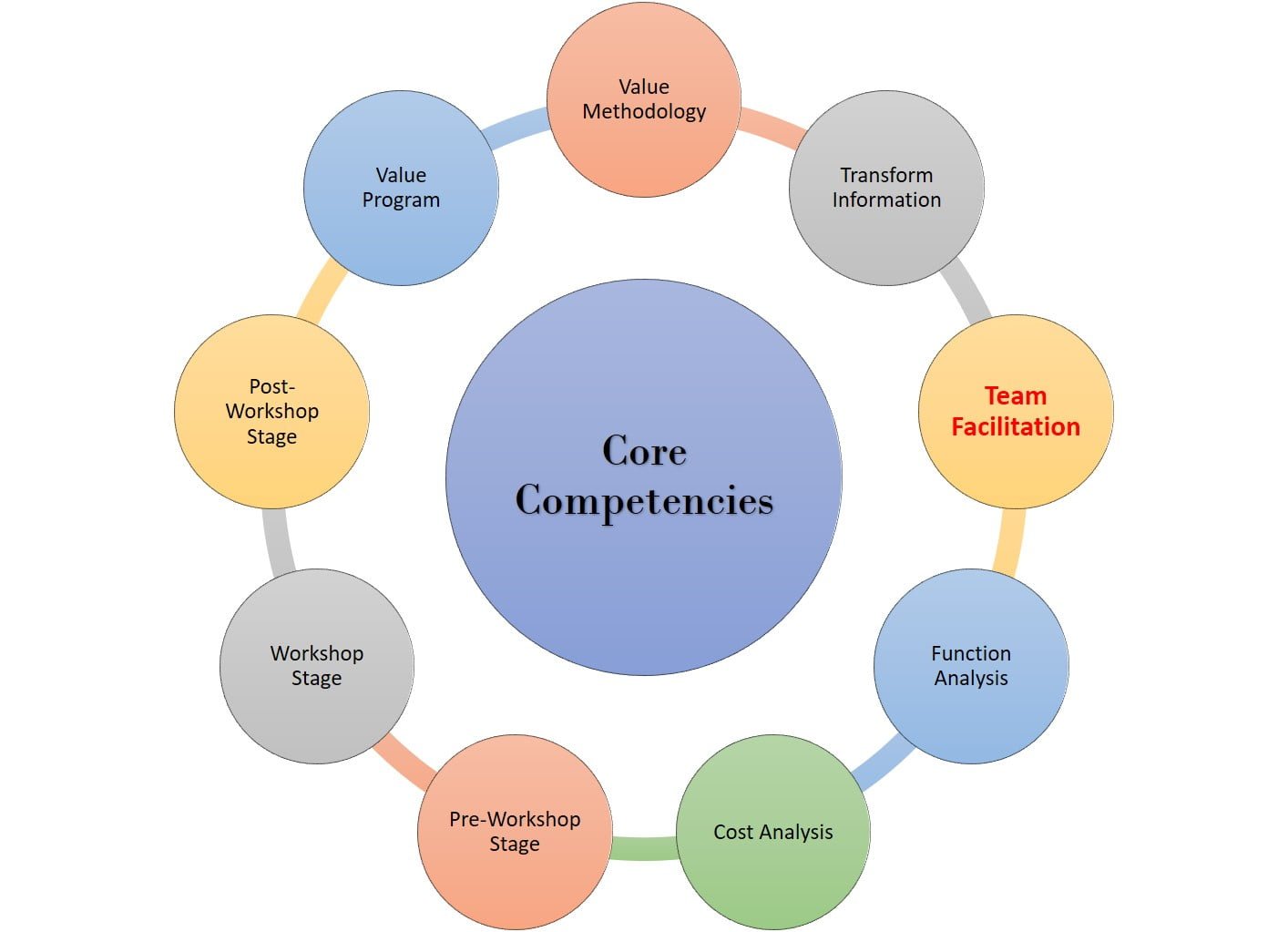Value studies requires different ways of communications. So, the person who is responsible on executing such crucial role has a great importance in SAVE International® certification. Obviously, in thinking about the communication styles of a value specialist, it is useful to divide it into two distinct roles: leader and facilitator.
SAVE International® defined Value Methodology Core Competencies as follows. “The minimum knowledge and skill set acquired through Value Methodology education and experience required to successfully apply the Value Methodology in the context of a value study”.
SAVE International® recognizes nine Core Competencies, including
(1) Value Methodology
(2) Transform Information
(3) Team Facilitation
(4) Function Analysis
(5) Cost Analysis
(6) Pre-Workshop Stage
(7) Workshop Stage (Six-Phase VM Job Plan)
(8) Post-Workshop Stage, and
(9) Value Program.
A Certified Value Specialist® (CVS®) is recognized by SAVE International® to have demonstrated knowledge of all components contained within all nine Core Competencies. By all means, knowledge is sufficient to lead value studies. One of these competencies is Team Facilitation.
Both Leader and Facilitator roles are important and each is appropriate for different types of functions and activities. Communication through leadership is active and assertive. Conversely, communication through facilitation is passive and restrained. There are also many levels in between these extremes.
Facilitator is one who is substantively neutral. And he has no substantive decision-making authority, who enables a group to:
- Improve how it identifies and solves problems,
- Makes decisions, and
- Increases the group’s effectiveness.
In the context of the Value Methodology, the term is used interchangeably with “Value Team Leader”.


Leave a Reply
You must be logged in to post a comment.